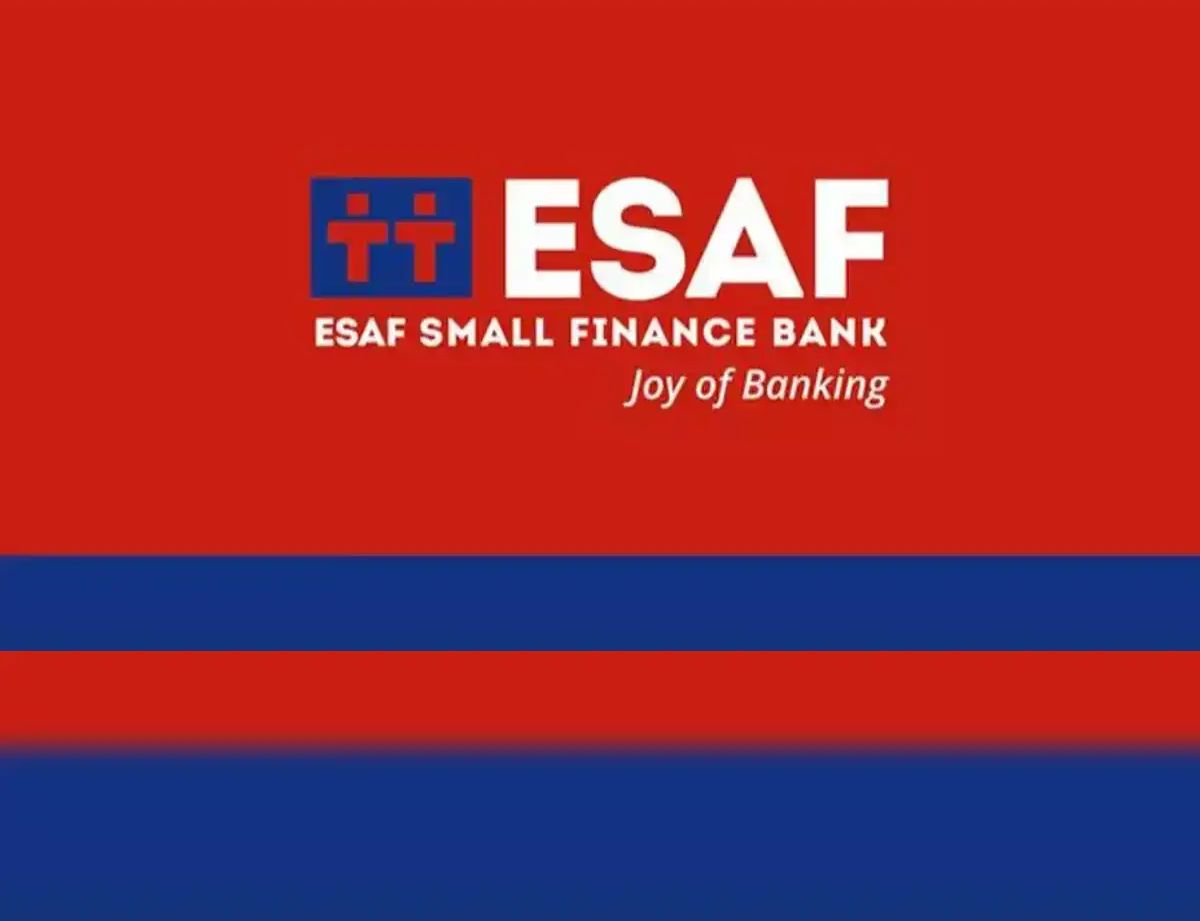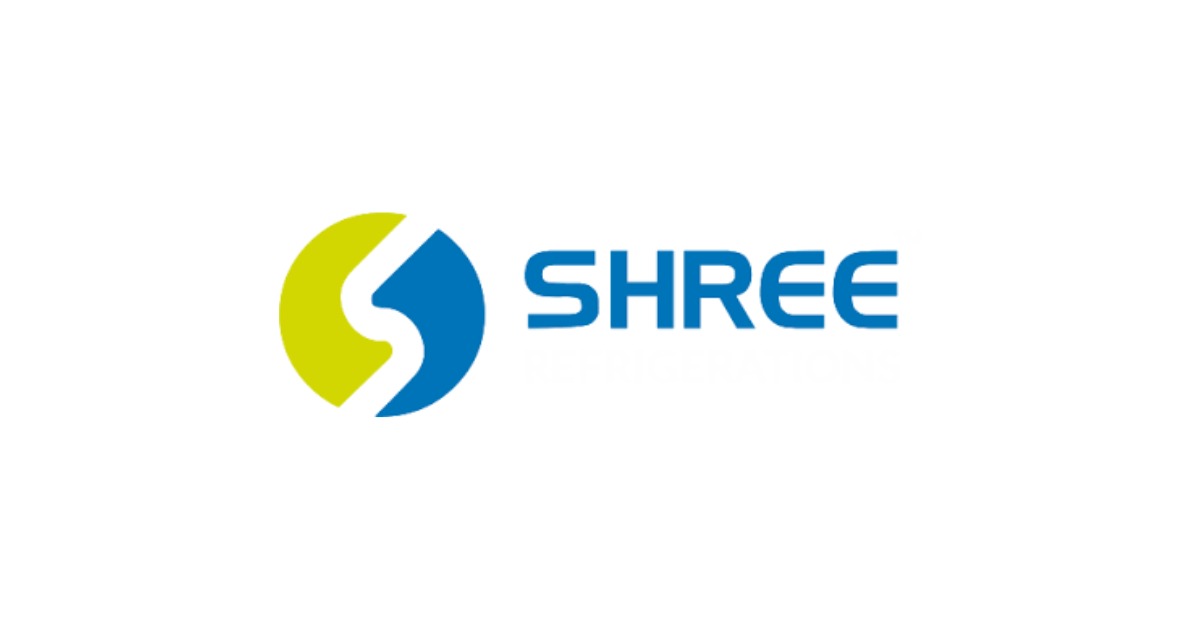 Image Source: Economic Times
Image Source: Economic Times
Kerala-Based Lender Faces Profitability Pressure as Asset Quality Remains a Key Challenge
ESAF Small Finance Bank, a prominent player in India’s financial inclusion space, has reported its financial results for the quarter ended June 2025. While the bank earned ₹8.28 billion in interest income, it posted a net loss of ₹812.2 million, weighed down by high provisioning requirements and deteriorating asset quality. The bank’s gross non-performing asset (NPA) ratio stood at 7.48 percent, underscoring ongoing stress in its loan portfolio.
This performance reflects the dual challenge ESAF faces: maintaining growth in interest income while managing credit risk in a volatile economic environment.
Key Financial Highlights
Interest earned during Q1 FY26 reached ₹8.28 billion, driven by growth in advances and higher yields on microfinance and retail loans.
Net loss for the quarter stood at ₹812.2 million, reversing the profit trend seen in previous quarters.
Gross NPA ratio rose to 7.48 percent, indicating elevated stress in the bank’s asset book.
Operating expenses remained high due to branch expansion and technology investments, further impacting bottom-line performance.
Income and Lending Dynamics
Interest Income Growth ESAF’s interest income rose on the back of increased disbursements in microloans, small business finance, and affordable housing. The bank’s focus on underserved segments continues to yield volume growth, though margins remain under pressure due to rising cost of funds.
Loan Book Composition The bank’s loan portfolio is heavily skewed toward microfinance and rural lending, which are more vulnerable to economic shocks and repayment delays. While these segments offer high yields, they also carry elevated credit risk, especially in periods of inflation and monsoon variability.
Asset Quality and Provisioning
The gross NPA ratio of 7.48 percent is significantly above the industry average for small finance banks, reflecting stress in the microfinance and small enterprise segments.
ESAF has had to make substantial provisions to cover potential loan losses, which contributed to the net loss for the quarter.
The bank is expected to continue its conservative provisioning stance in the coming quarters to stabilize its balance sheet.
Strategic Initiatives and Operational Focus
ESAF is investing in digital banking platforms to improve customer onboarding, loan monitoring, and repayment tracking.
The bank is expanding its footprint in Tier 3 and rural markets, aiming to deepen financial inclusion and diversify its customer base.
Efforts are underway to strengthen credit underwriting and risk management frameworks, particularly in high-risk segments.
Despite the current challenges, ESAF remains committed to its mission of serving financially excluded communities, and management believes that long-term structural reforms will improve asset quality and profitability.
Market Sentiment and Regulatory Oversight
ESAF’s financial performance has raised concerns among investors and analysts about the sustainability of its growth model.
The Reserve Bank of India continues to monitor asset quality trends across small finance banks, with a focus on ensuring adequate capital buffers and governance standards.
ESAF’s capital adequacy remains within regulatory norms, but further losses could pressure its Tier-1 capital in the medium term.
Conclusion
ESAF Small Finance Bank’s Q1 FY26 results reflect the complex balancing act between growth and risk management in the financial inclusion space. With ₹8.28 billion in interest income but a net loss of ₹812.2 million and gross NPAs at 7.48 percent, the bank faces a critical period of strategic recalibration. As it strengthens its risk controls and operational efficiency, ESAF will need to navigate macroeconomic headwinds and borrower stress to restore profitability and investor confidence.
Sources: Reuters, Moneycontrol.
Advertisement
Advertisement







